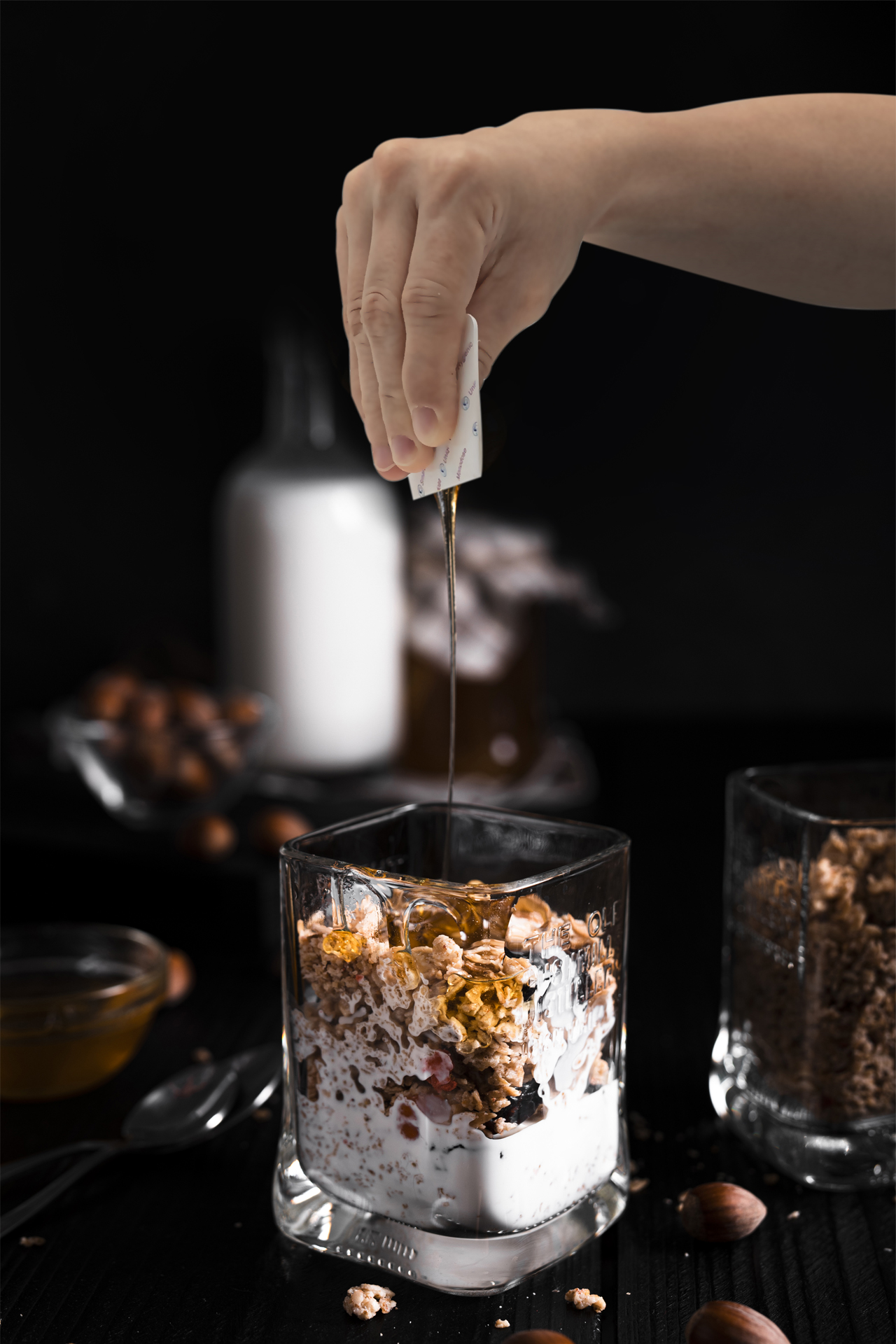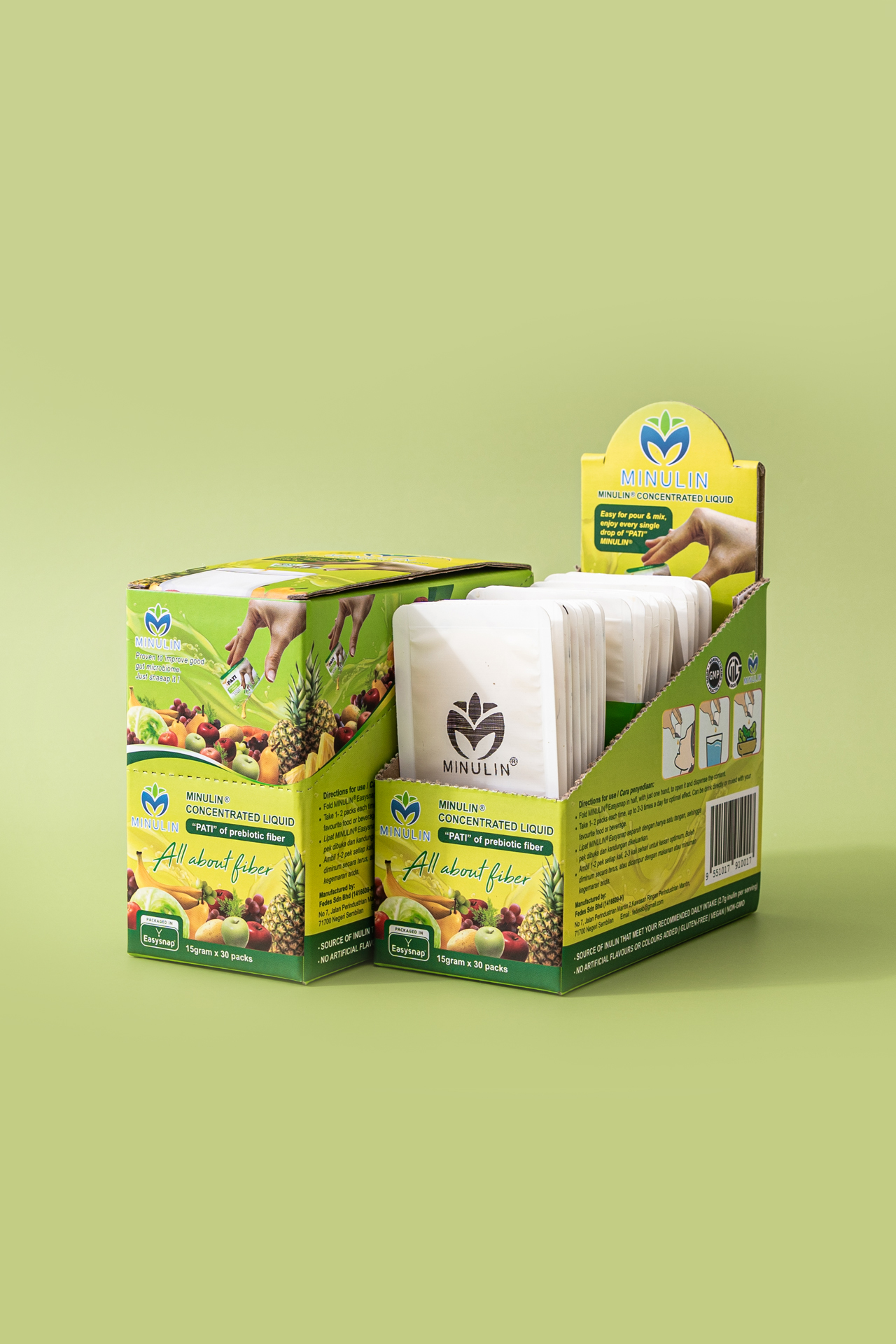Unlock the Full Potential of Prebiotic Fiber with MINULIN® Concentrated Liquid: The Ultimate Solution for Optimal Digestive and Immune Health.


Shoaib, M., Shehzad, A., Omar, M., Rakha, A., Raza, H., Sharif, H. R., … Niazi, S. (2016). Inulin: Properties, health benefits and food applications. Carbohydrate Polymers, 147, 444–454. doi:10.1016/j.carbpol.2016.04.020
Roberfroid, M. B. (2007). Inulin-type fructans: functional food ingredients. The Journal of Nutrition, 137(11), 2493S–2502S.
Turner, N. D., & Lupton, J. R. (2011). Dietary fiber. Advances in Nutrition: An International Review Journal, 2(2), 151–152.
Wong, J. M., De Souza, R., Kendall, C. W., Emam, A., & Jenkins, D. J. (2006). Colonic health: fermentation and short chain fatty acids. Journal of Clinical Gastroenterology, 40(3), 235–243.
Niness, K. R. (1999). Inulin and Oligofructose: What Are They? The Journal of Nutrition, 129(7), 1402S–1406S. doi:10.1093/jn/129.7.1402s
Schaafsma, G., & Slavin, J. L. (2014). Significance of Inulin Fructans in the Human Diet. Comprehensive Reviews in Food Science and Food Safety, 14(1), 37–47. doi:10.1111/1541-4337.12119
Meyer, D., & Stasse-Wolthuis, M. (2009). The bifidogenic effect of inulin and oligofructose and its consequences for gut health. European Journal of Clinical Nutrition, 63(11), 1277–1289. doi:10.1038/ejcn.2009.64
